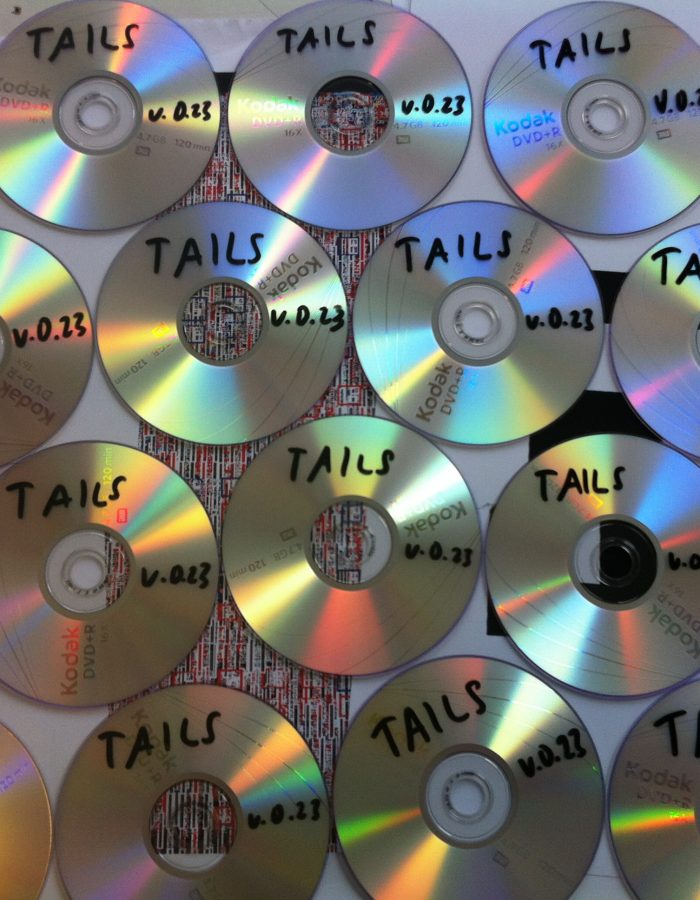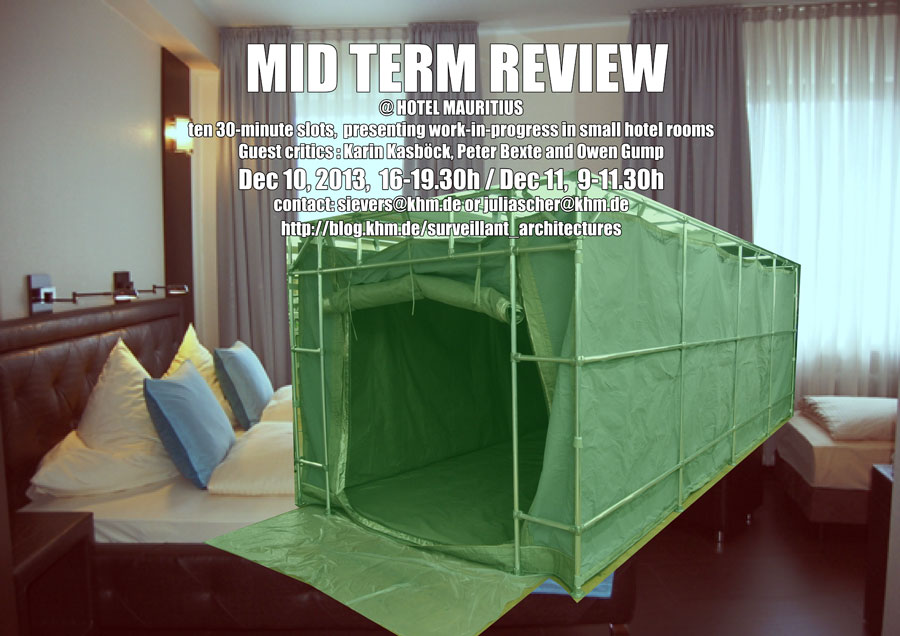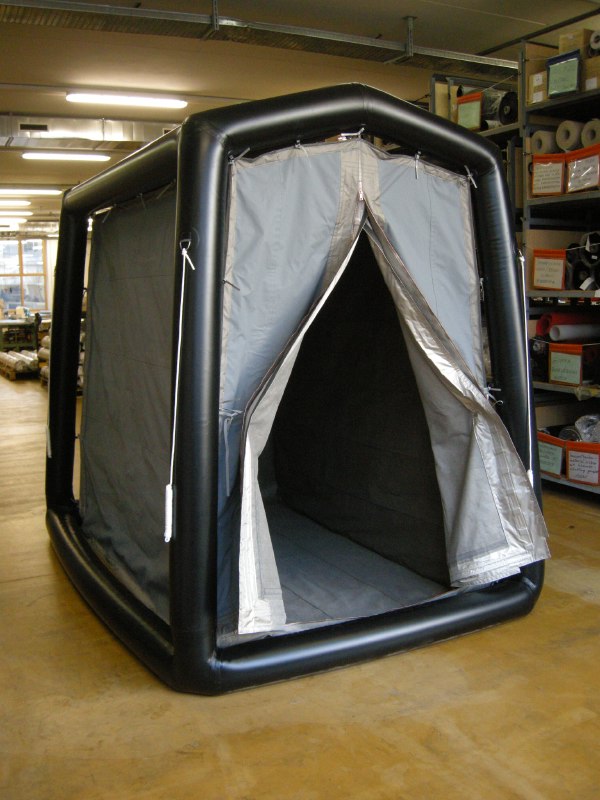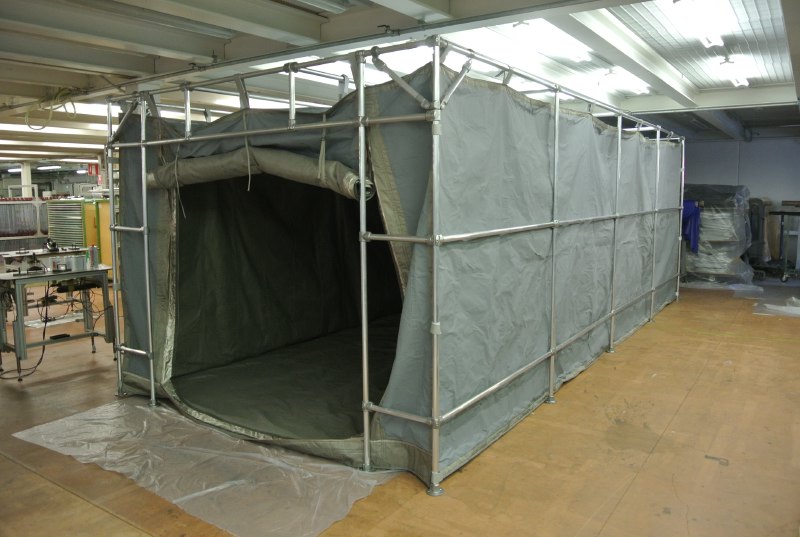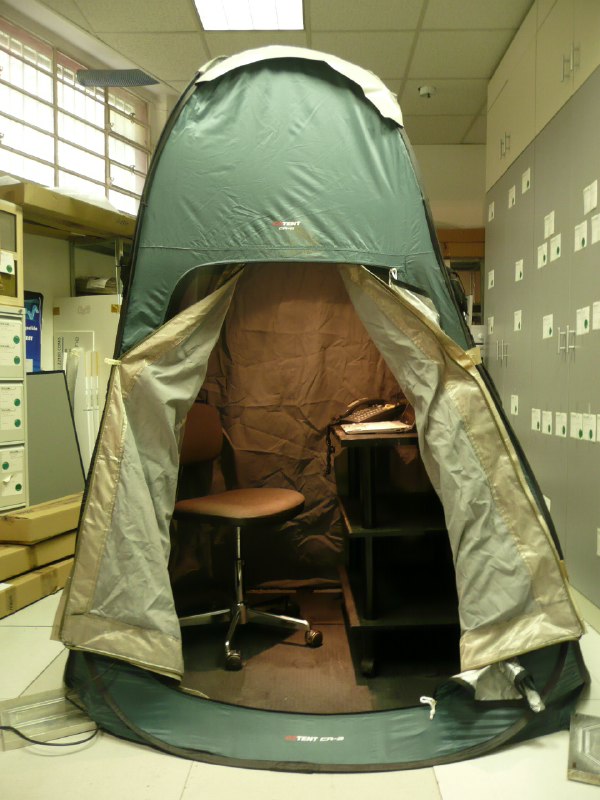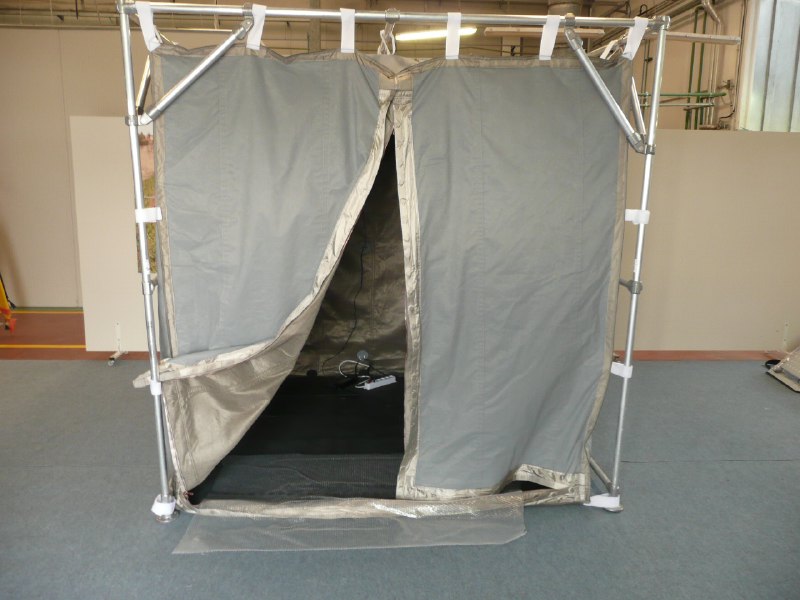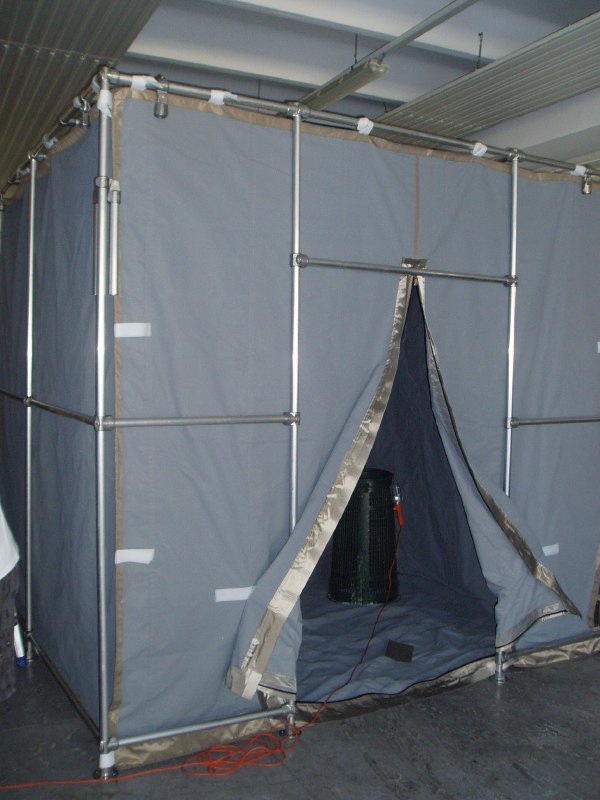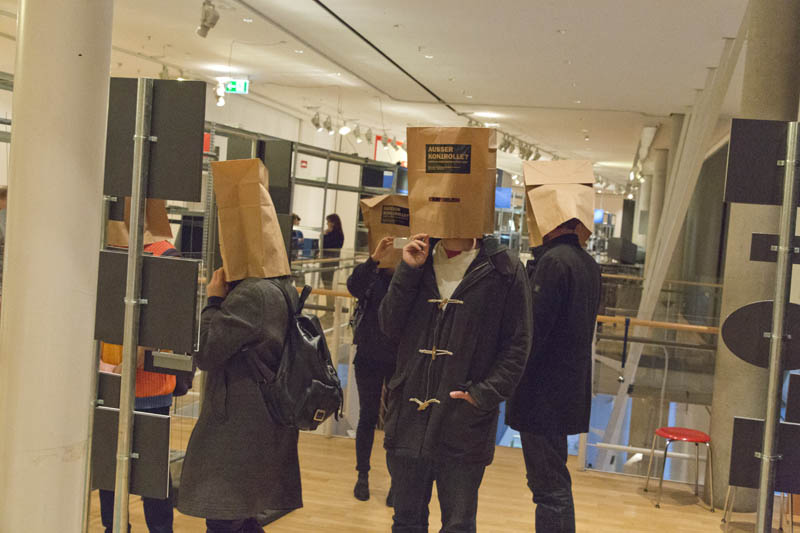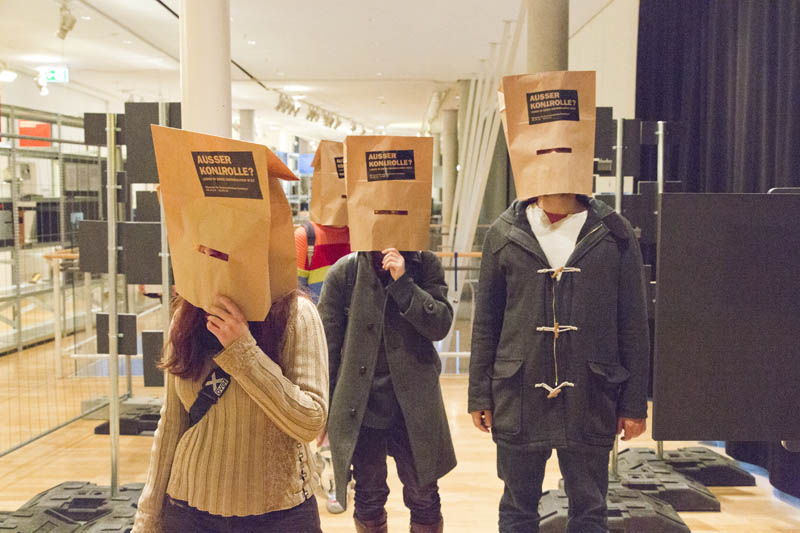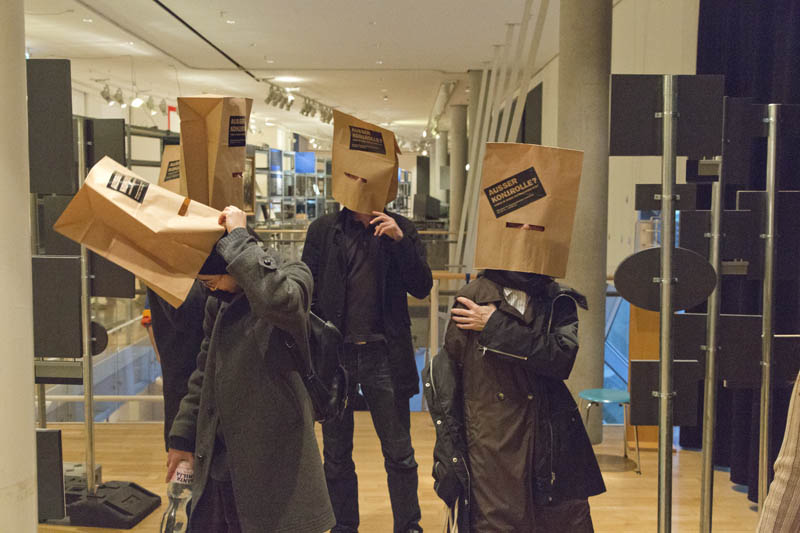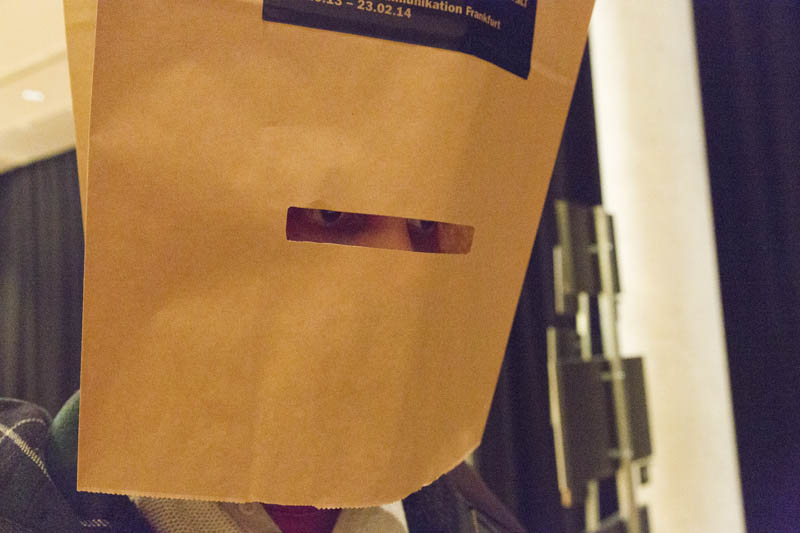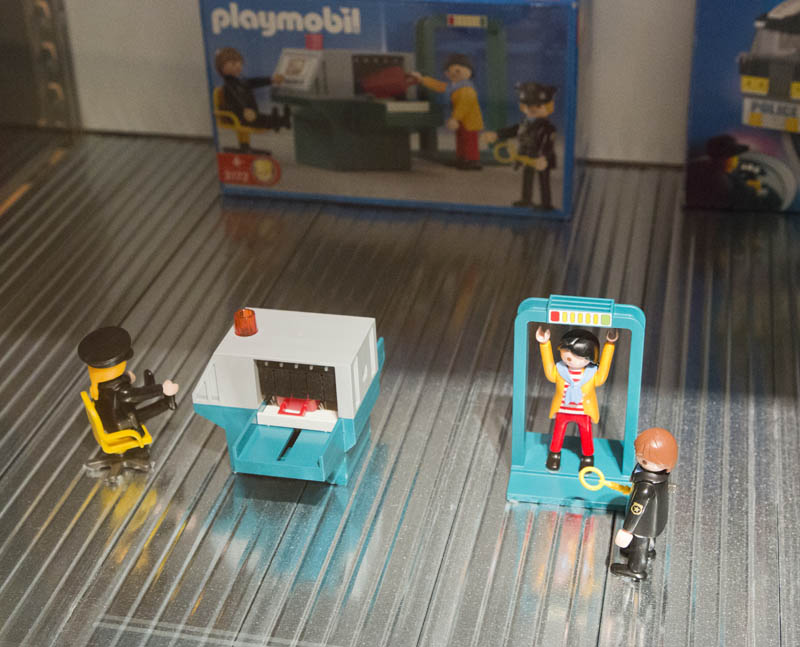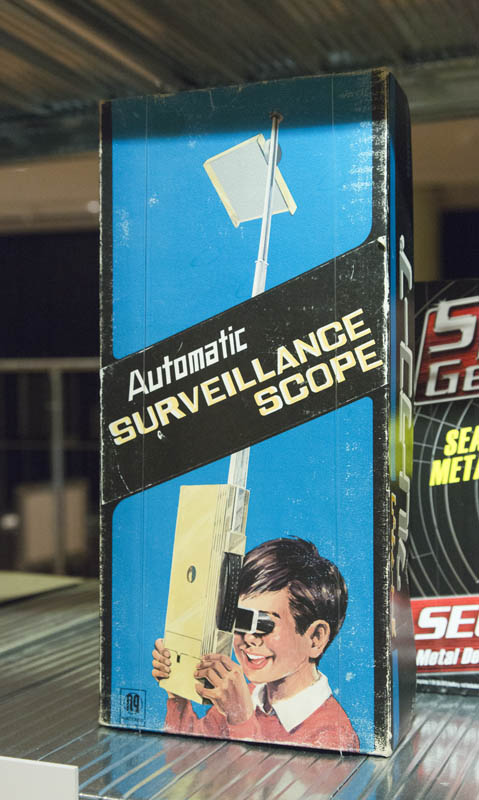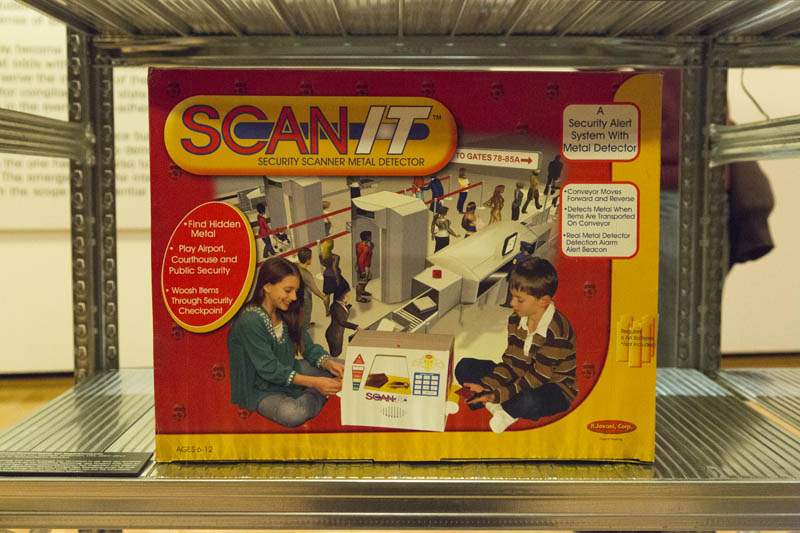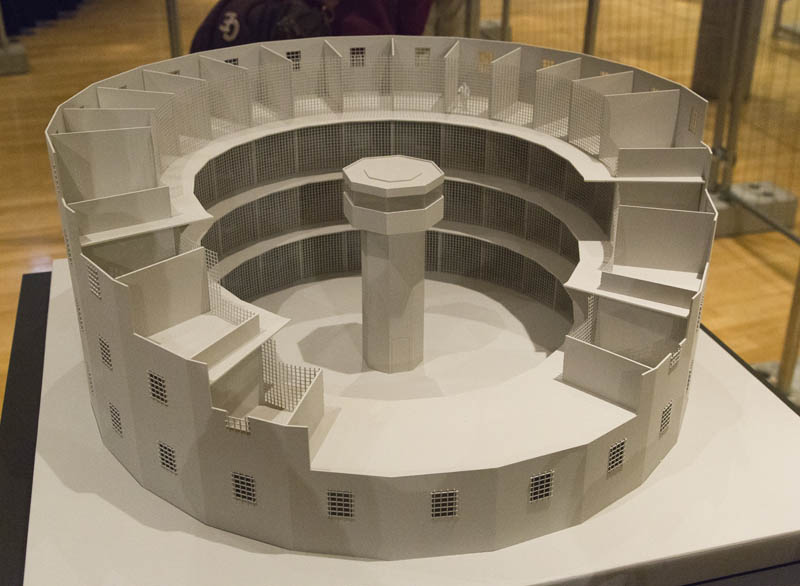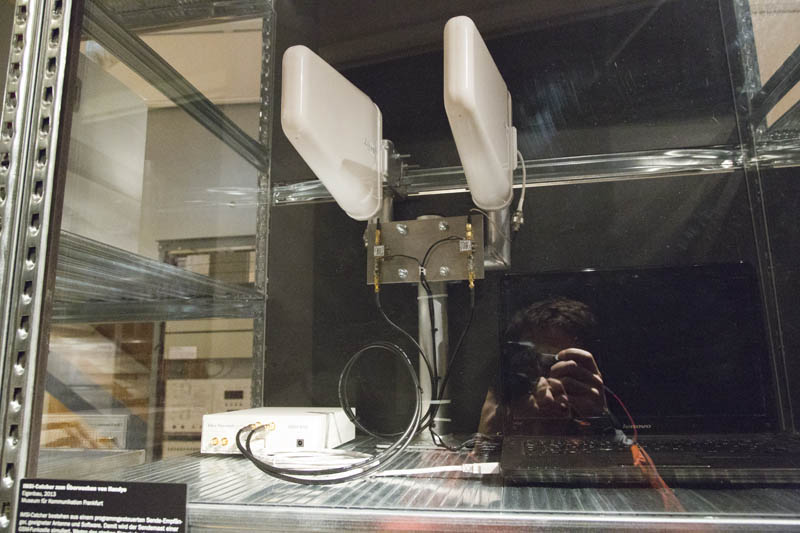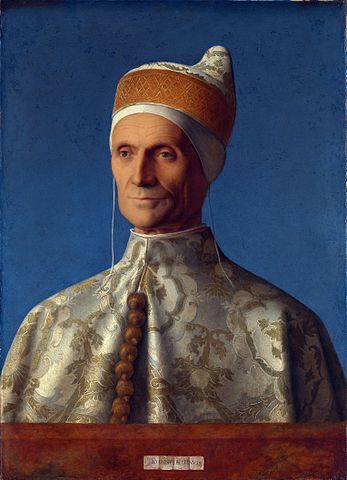Mittwoch, 30. April 2014
ab 18.00 Uhr bis ca. 21.00 Uhr Workshops und freies Rumhängen
Cryptopartys sind eine globale DIY-Initiative zur Emanzipation aus der technologischen Unmündigkeit.
Wir meinen, das Thema der digitalen Rundum-Überwachung sollte gerade auch an der Kunsthochschule für Medien kritisch beleuchtet werden. Deshalb freuen wir uns besonders, bereits die zweite Cryptoparty zu veranstalten.
Wieder geht es um die Rückeroberung der Datenhoheit. In entspannter Atmosphäre wird konkretes Wissen rund um Verschlüsselungstechniken und die digitale Selbstverteidigung vermittelt. Bitte Laptop, Notebook oder Vergleichbares mitbringen, um gleich vor Ort loslegen zu können.
Eine Initiative des Surveillant Architectures Seminars mit Jürgen Fricke.
GLASMOOG, Kunsthochschule für Medien Köln
p.s.
wer sich vorbereiten will oder morgen keine Zeit hat:
(auf deutsch): https://digitalcourage.de/support/digitale-selbstverteidigung
(English): Eff’s Surveillance Self-Defense site: https://ssd.eff.org/
Ich bringe diese hier mit

